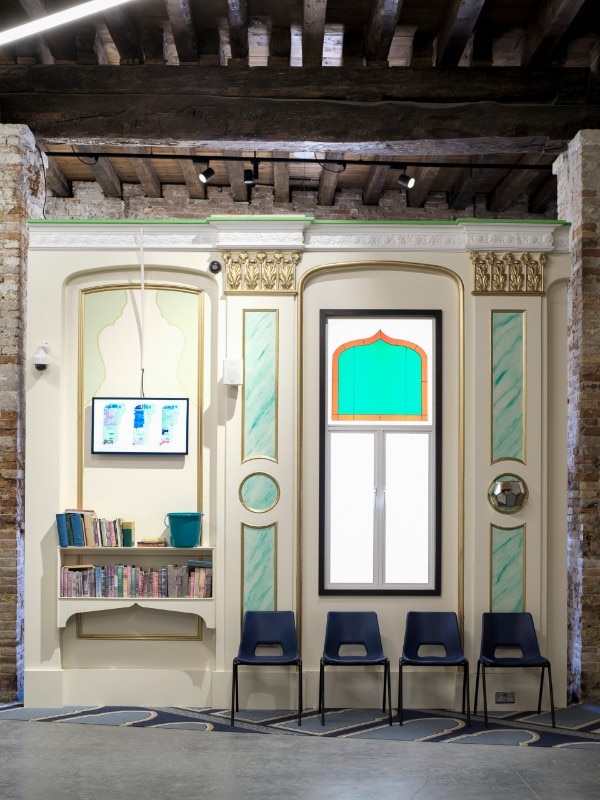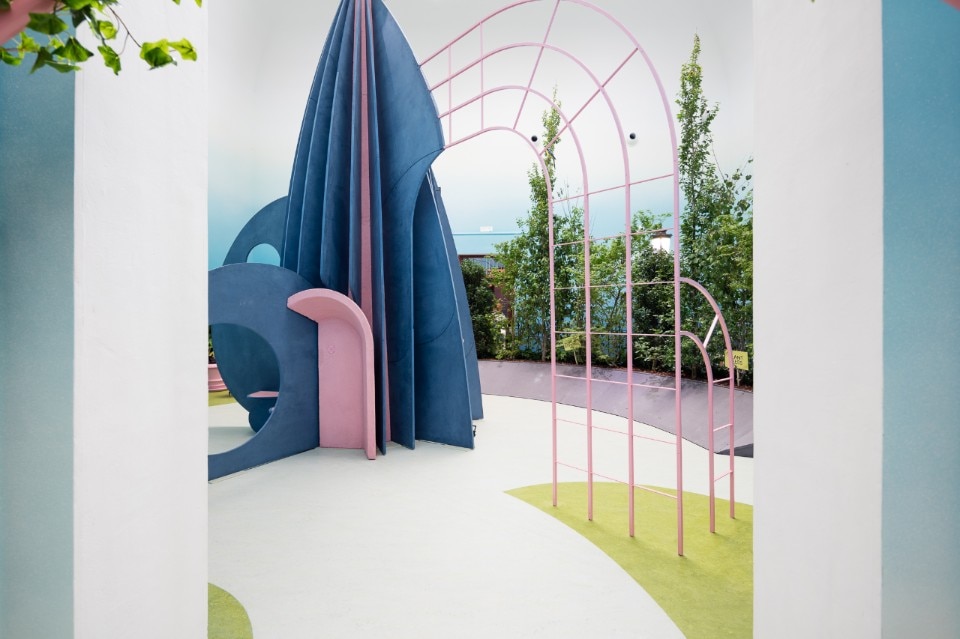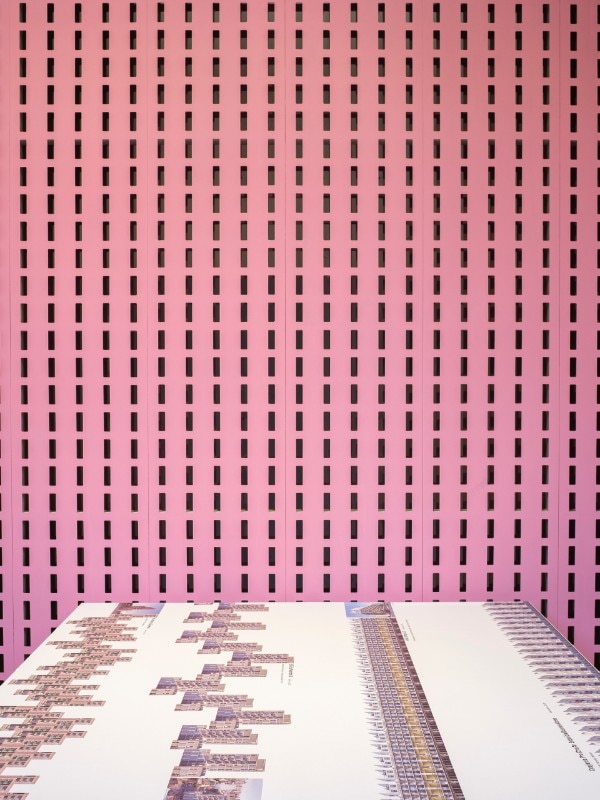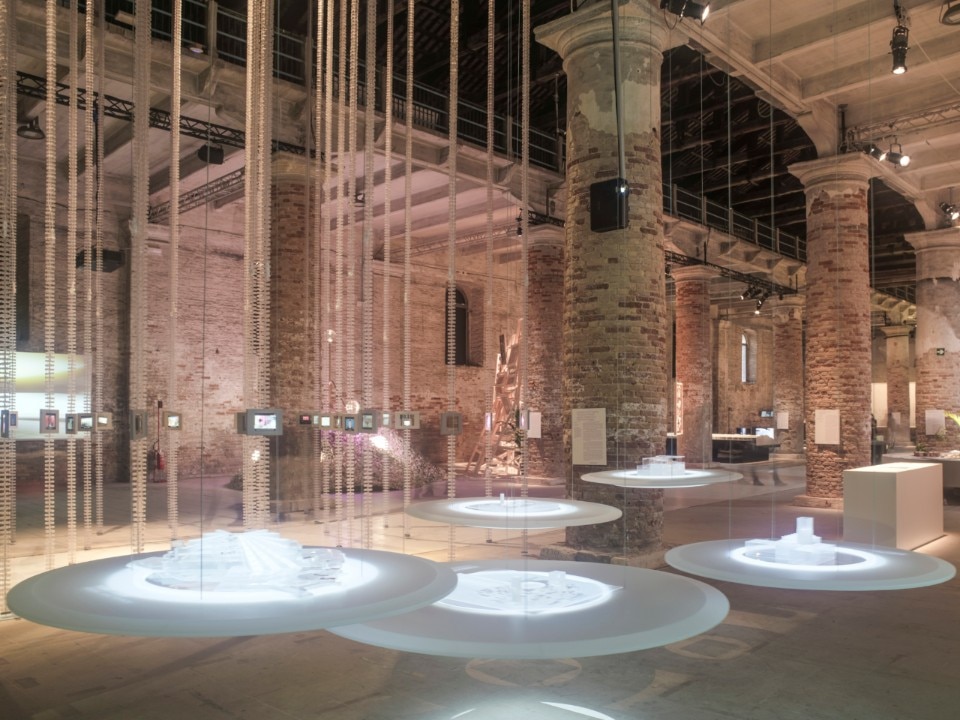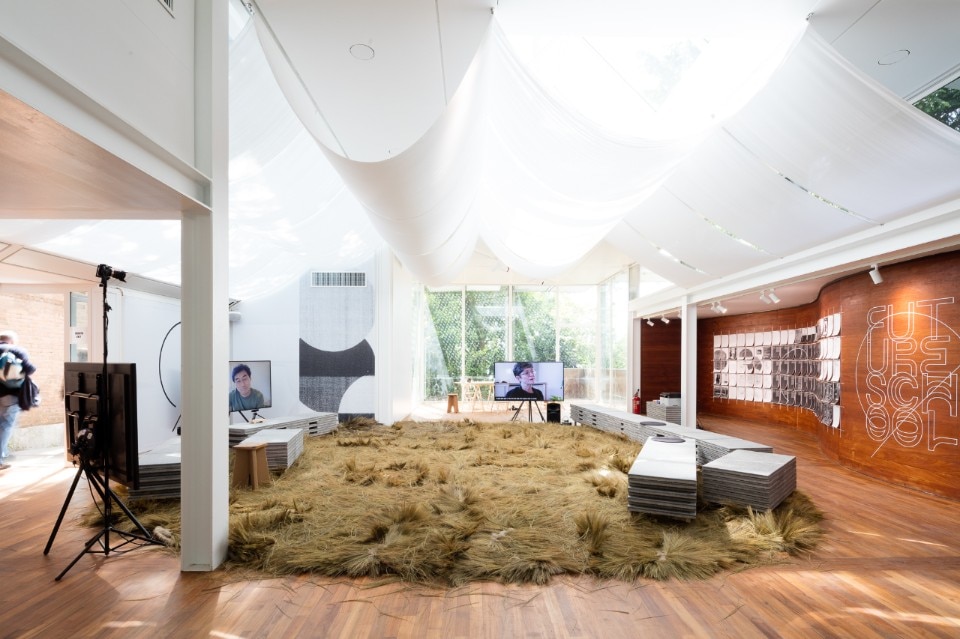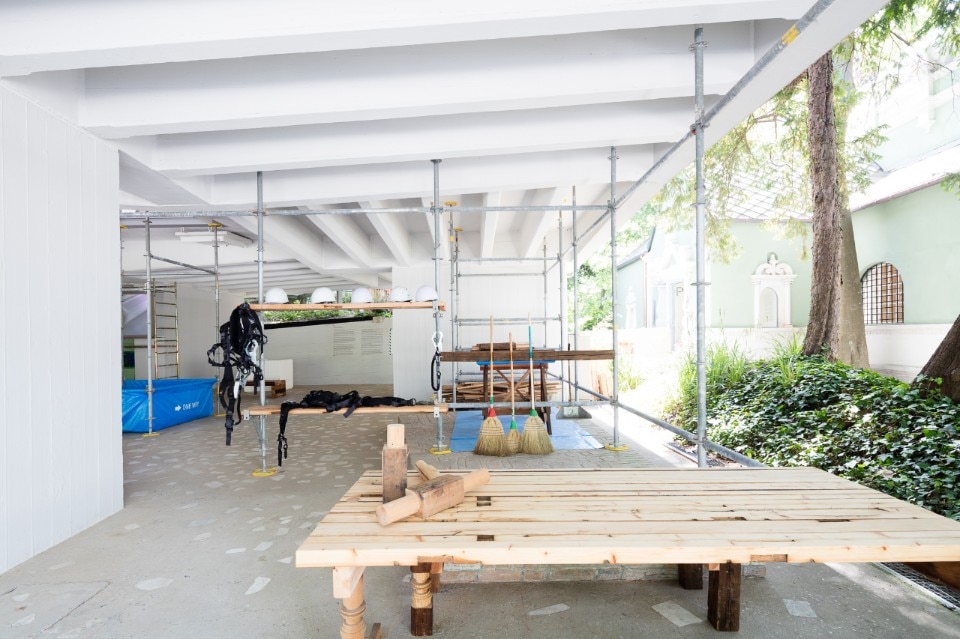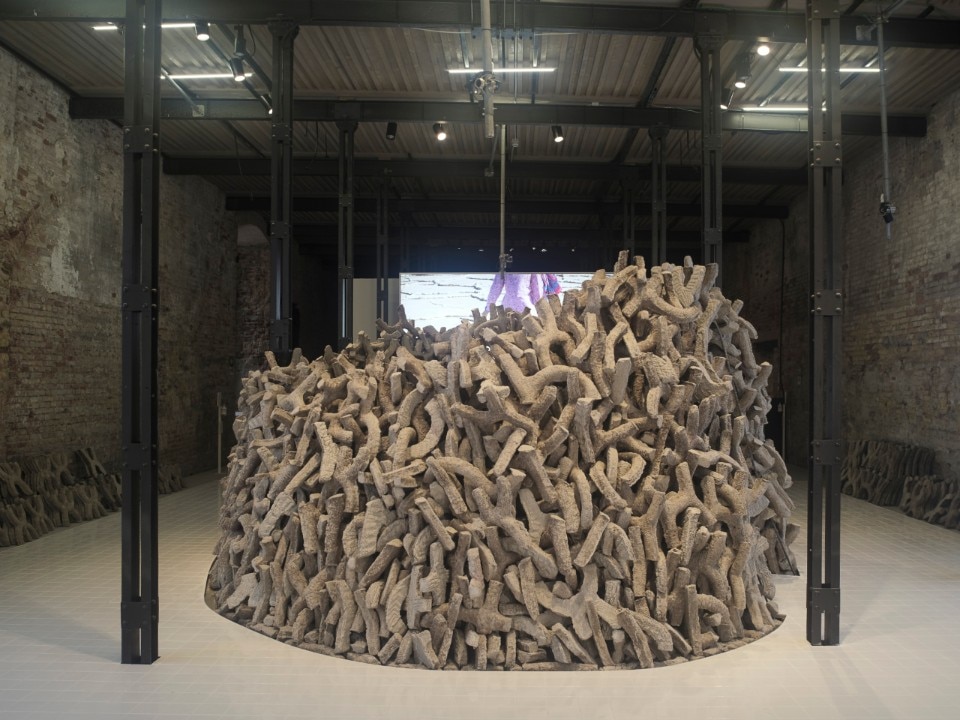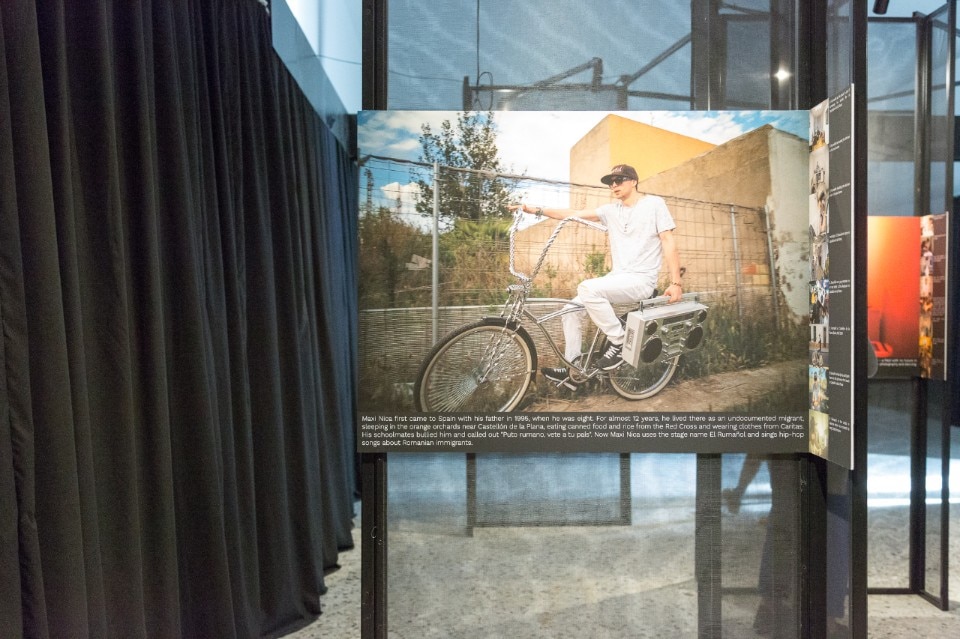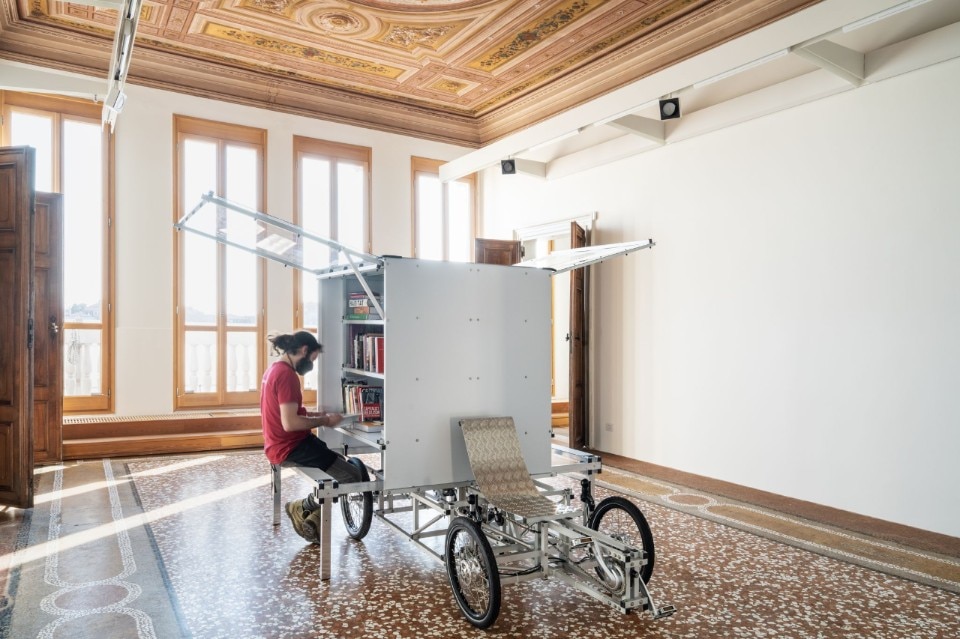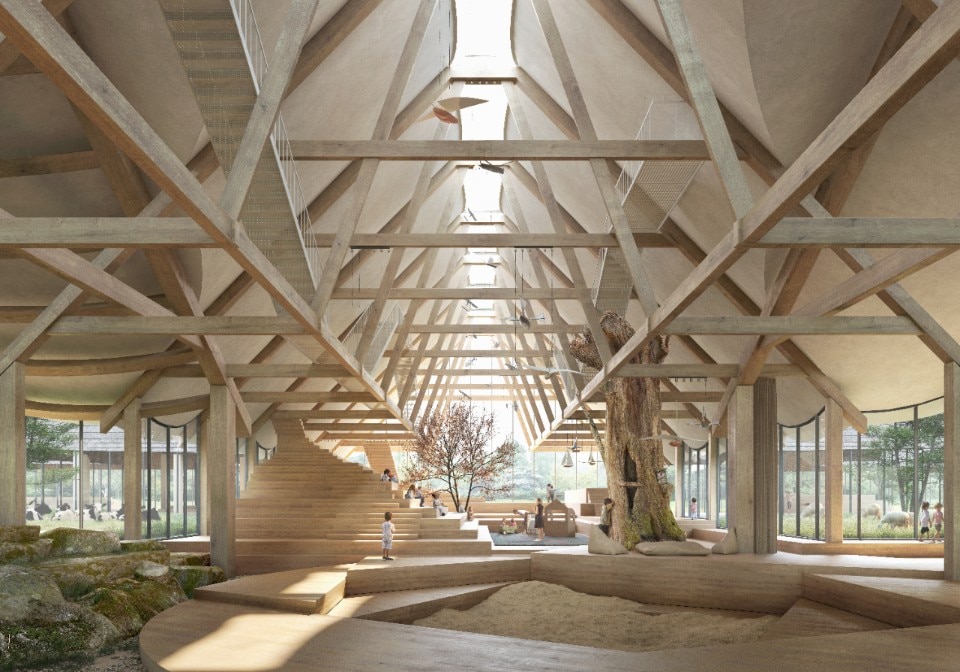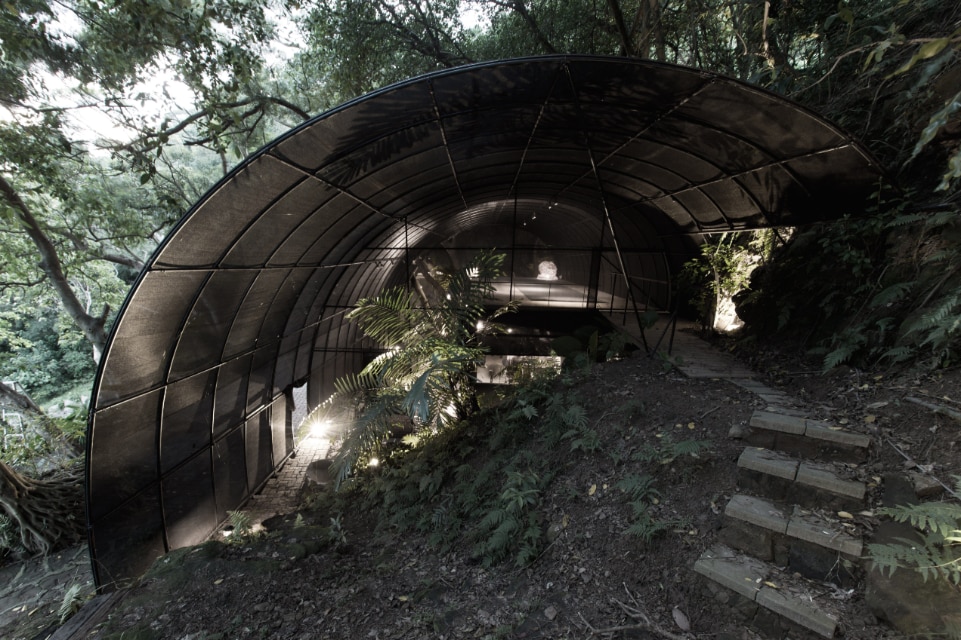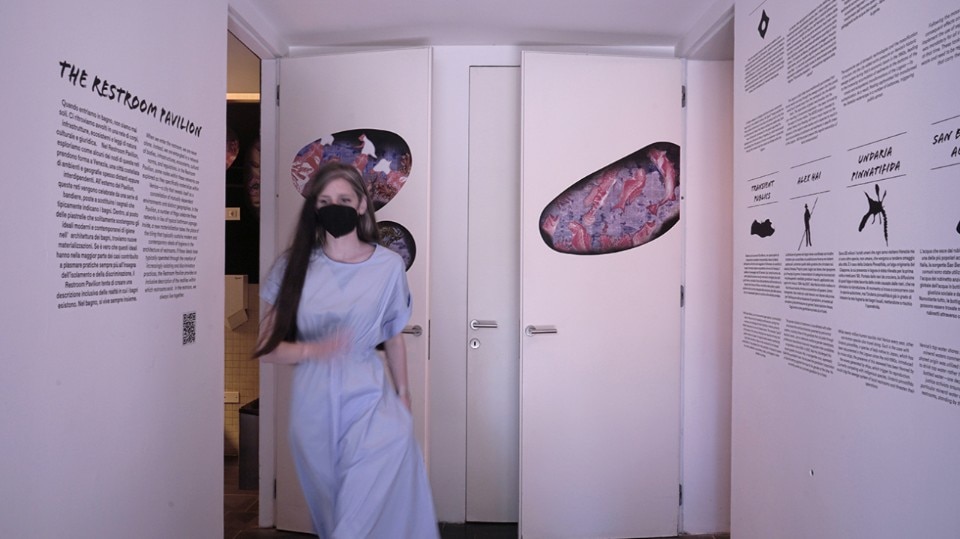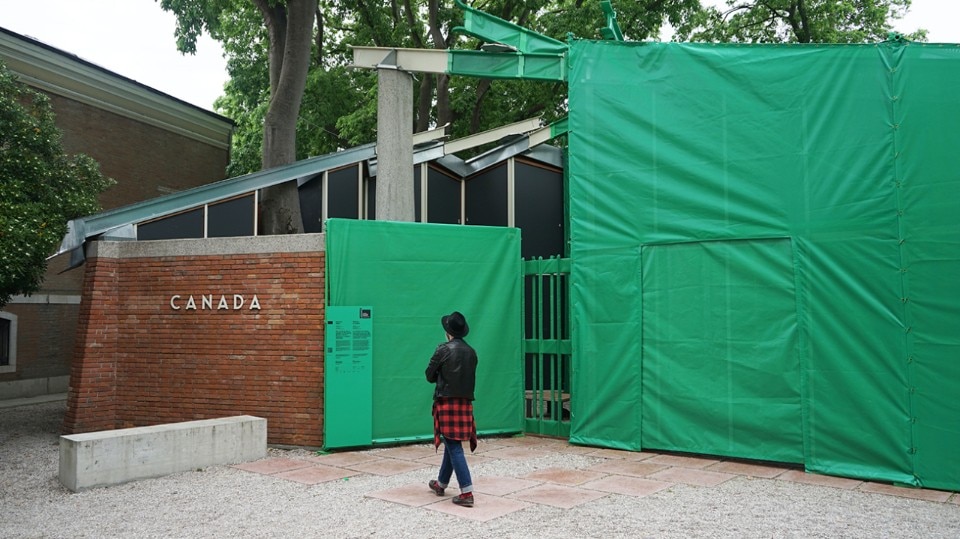The Venice Architecture Biennale is the first major international event to take place since the pandemic broke out. Even the Academy and the Grammy Awards, although more important from an economic and mediatic point of view, took place in conditions of great isolation and remained almost exclusively American events. Therefore, to present and review this year's edition, the question we should be asking ourselves is not How will we live together? but rather “How have we started living again?”.
Paradise regained
The first answer is “Heavenly!”. The most common and sincere comment of those who were there on the opening days was: “This is the most beautiful Biennale ever! It's so quiet and there are so few people that we can finally look at the exhibition without feeling rushed...”. It was not an elitist opening, but rather an interested and motivated participation, far from being an exhibition. Those who were there saw the floods of presential and presidential visitors disappear, the former museum directors losing their power, and got a distracted glimpse of the still important ones at the bottom of the smiling eyes of the friends that they finally met again after three long years. Thanks to the re-opening restrictions and the bad weather, which further rarefied crowds and meetings, the people in Venice were able to experience – at least a little – how wonderful this magical city has been over the past few months.
This “world without tourism” (which had already disappeared by Sunday, when the spaces were fortunately filled with the large number of tourists – which confirmed that the number of visitors will be very high even this year) was offered a Biennale that was finally “research-based”. Baratta's last legacy was the first post-archistar edition, i.e. an edition without the curatorship of a successful architect serving as an attraction, which is fundamental in order to raise enough funds to organise the exhibition.
The success of this Biennale had already been assured a couple of weeks before the opening, when the government granted 12% of the entire budget for culture offered by the relaunch decree to the Venetian event, thus recognising not only the national primacy and international value of the Foundation, but also directing those funds towards precise directions and crucial aspects that we will address later.
Authoritative negative criticisms
Despite these favourable premises, the first reviews of the event were particularly negative. Authoritative voices such as Oliver Wainwright's from The Guardian and Carolyn Smith's from The Architectural Review literally demolished the layout and organization of the exhibition and attacked the very structure of the institution. They accused it of having organized an exhibition that fails to go beyond the curator's choice of their favourite candy, and the inability to manage an event based essentially on temporary installations without taking into account the global shift towards a more careful use of resources, including the reuse of materials and the avoidance of waste and unnecessary CO2 emissions.
And let's not even try to think of what they would have to say about the next edition of the Salone del Mobile next September. However, their shared opinion is that it would have been better not to organize a biennial at all this year, but rather to use the break to understand what our way of living together in the future will really be, starting from Venice.
To these criticisms must be added the reproaches coming from outside Venice (Italia Nostra, Associazione Bianchi Bandinelli, ANAI Associazione Nazionale Archivistica Italiana, Emergenza Cultura, who have accused the Italian Ministry of Culture of rewarding the lagoon's great centre of excellence at the expense of the smaller, more widespread realities, and of the many people in the city who have seen this funding as yet another push towards tourism, that at the same time forgets to direct resources to housing facilities and other services for the languishing lagoon.
What is certain is that the post-pandemic experience and these accurate critiques show the end of an era. The Trente Glorieuses (1990-2020) are over, and we are witnessing the end of a cycle. “Every epoch not only dreams the next, but while dreaming impels it towards wakefulness – as Benjamin puts it. With the grand opera of the upheaval of the market economy we begin to recognize monuments as ruins even before they have crumbled”.
.jpg.foto.rmedium.jpg)
Monuments without struggles
So, what are the consequences of seeing the monuments at the Giardini, amongst the Corderie columns, and on the Arsenale as ruins? In the meantime, a crucial issue must be pointed out: how do we relate to the new ethnic and social horizons that should allow us to break free from Western political and cultural colonialism? Twenty years after the Platea dell'Umanità/Plateau of Humankind, these questions seem to have been entirely resolved in the art biennial, but in the architecture world, we still have to ask ourselves whether Aravena's magnificent trunks are yet another act of cultural appropriation, or whether they are there to point out an exit towards a horizon in which the Mapuche community will be directly asked to participate, without the intermediary of architectural authorship (in this perspective, the splendid participation of Thailand and the Philippines, and of native Canadian architects in 2019, seem less spectacular, but certainly more appropriate). And yet, it is precisely this formidable installation that perhaps offers an initial response to the web of questions that we are all asking ourselves at the same time. In the months of the pandemic, much has been said about the jobs in the cultural sector, the need to protect them, to support them, to make them evolve, and, above all, to acknowledge them. Well, without the extraordinary work of Luigi D'Oro, that stuff would not only not exist, but it would not even stand up. Readers may wonder who he is... and we won't explain it, for the simple reason that we don't know the names of all those who put that thing together.
In the architecture world, we still have to ask ourselves whether Aravena's magnificent trunks are yet another act of cultural appropriation, or whether they are there to point out an exit towards a horizon in which the Mapuche community will be directly asked to participate, without the intermediary of architectural authorship...
And it is not to simply acknowledge their presence, but because they have put in their experience acquired over time, their inventive capacities, their “tacit knowledge”, as Polany would say, that they should be named. Suffice it to say that in the present edition, apart from the photographs in the contradictory American pavilion – especially the very effective ones by Chris Strong – and something (but not much related to construction work) in the Romanian pavilion and in some rooms of the central pavilion at the Giardini, it is surprising how absent the theme of work is. In all these years (I may be missing something, and I'd be more than happy if the readers helped me to remember all the examples I have left out) only the 2014 Polish pavilion represented and discussed the theme of work in the construction industry, in the construction of buildings and spaces, and in the maintenance of interiors and exteriors. This means that the crucial issue in our society and its consequences have been entirely neglected by the exhibition, not only today but over the decades... It is certainly not the Biennale institution's fault if, in the face of an overexposure of refugees and immigrants, we have an extraordinary underrepresentation of the world of work and of the people working in architecture.
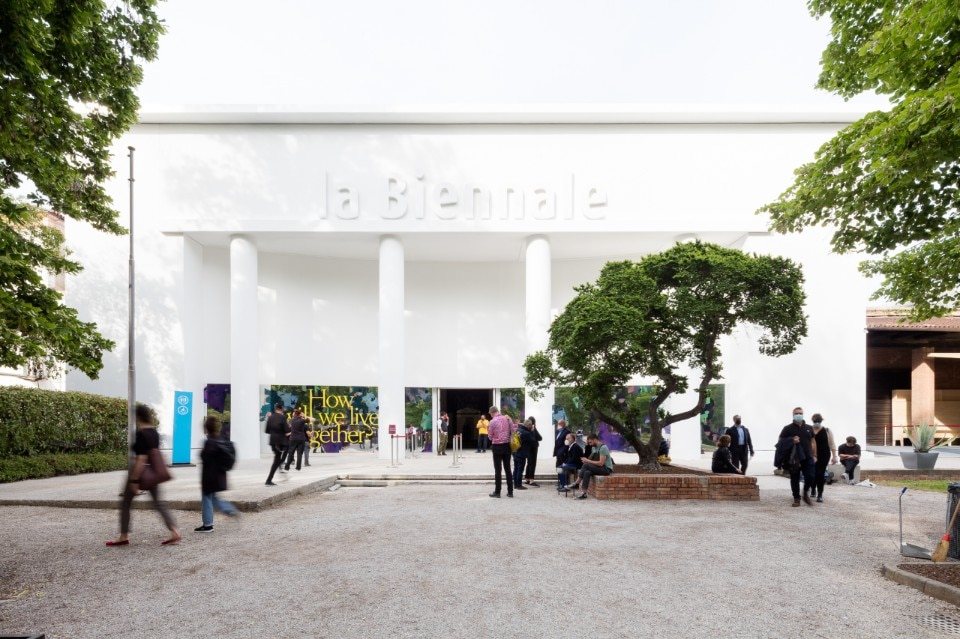
Cambridge style display
Amidst the glare of an exhibition that, since Richard Burdett's time, has returned to being interested in planning, engineering, and urbanism to save the world, there is something that does not work, something purely related to what it means to exhibit an investigation, a study and its encounter with the inescapably “aesthetic” dimension of architecture (in the sense of art of perception, rather than taste for beauty).
The curator's choice was to bring the style of the exhibitions that can be found in the halls of Harvard Graduate School of Design or the MIT, where these kinds of exhibition diagrams and info-techno-logical installation inventions appear. Usually, they're one or two at a time, and for the duration of a few weeks, before being integrated into huge academic volumes.
But if you have hundreds of them (we have counted and read – yes I have read them all! – no less than 800 texts in the form of posters and long captions to be read if you want to understand the whole exhibition), the visitor will be overwhelmed by a universal exhibition-like phantasmagoria. Of course, all tastes are catered for, of course the experience is involving and all-encompassing, of course the idea is that you will come back to the exhibition again and again (even if you have to pay 25 euros every time... and even with the discounts, it does not really suit all post-pandemic pockets)… but let's go back to the starting point: if you want to save the world, why are you doing it by making masses of objects and people move without taking into account how these people travel and how these objects are created?
.jpg.foto.rmedium.jpg)
In this phantasmagoria, one loses awareness of the partiality of the globalism represented. Few seem to have realised that all the world's largest countries are missing from this year's exhibition: China (perhaps a temporary absence?), India, Canada (the pavilion is closed, but the programme is online), Russia (whose participation is essentially centred on the important restoration of the pavilion and the display of publications of the research carried out during the year-long break), not to mention all the African and Oceanic countries (except for Australia, whose exhibition is also essentially online, and Egypt, although no one went there to remember Patrick Zaky's or Giulio Regeni's story).
In short, once again it is not only the Western bloc that is explaining how we should live but also the Atlantic one. What emerges is a proposal for a logic that is almost reminiscent of post-war modernism, where for the umpteenth time we are asked to embrace technologies and logics without verifying them. And yet, if the century of biennials has taught us anything, it is that you cannot constantly present innovations and prospects, make demonstration projects, denounce issues and never provide proof that they work, or that they might bring about serious contradictions over time.
True innovation is not to suggest the hypothesis of something new, but to consolidate in the market (of goods, of research, of everything) something capable of establishing itself as convenient under given conditions. It must not say 'some left-wing stuff' – it must do something useful, wise, practical, beautiful, economical, aware of the consequences with respect to the already existing! It should not fill halls with plastic and plexiglass to show that there is plastic in the seas, and that “this is a problem!”.
There is an obvious loss of credibility on the part of architecture and a clear confusion of roles if you make an exhibition on non-extractive architecture – probably the most radical statement in Venice at the moment – produced by a gas extractor; or if you claim to recreate the rural habitat of the Uzbek mahalla as an ecosystem “to be opposed to mega-cities”, and then your client comes with a 73-metre-long, five-storey-high Plan B docked on the Sette Martiri bank.
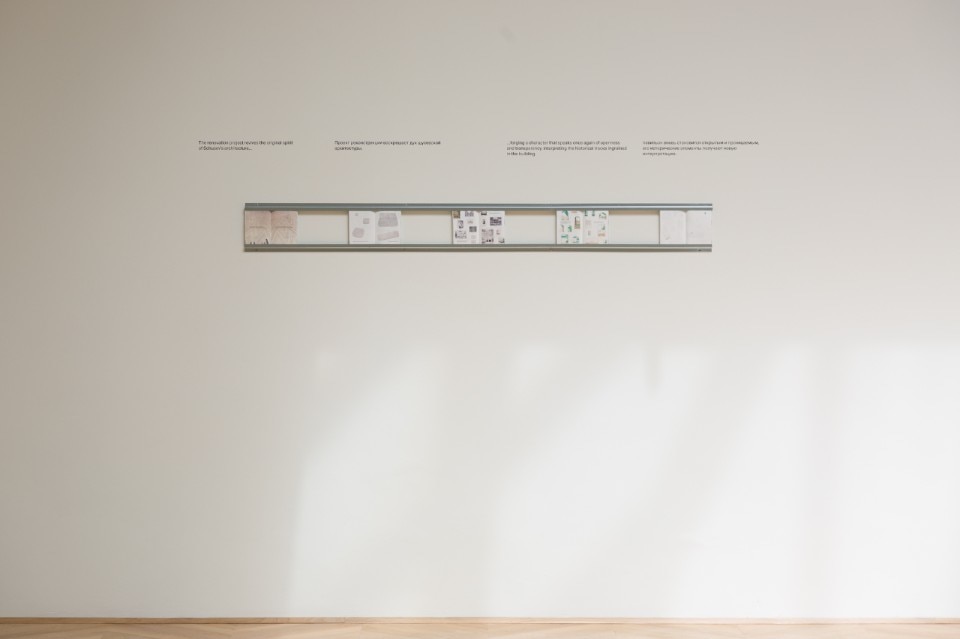
The Biennale institution is not responsible for all these aspects either, but its people, those who work there, those who have contracts, subcontracts, and so on, until the end of the night... these people are the greatest experts in the history of exhibitions: they know how to clean them, assemble them, dismantle them, switch them on, turn them off. They are the vanguard of the future, they are the intercontinental standard that deserves 12% of the entire Italian cultural budget (and in our opinion, it is not much!).
We are sure that it is crystal clear to them that today certain representation mechanisms are no longer effective and perhaps not even acceptable, and that the problem is not the seduction of infographics and the power of the display, but rather to reflect on the encounter with the interlocutor of the discourse.
We really don't know what could be clearer than the fact that denouncing and demonstrating phenomena is useless. Let's think of Giulia Foscari's magnificent research (here is an excellent suggestion for the next curator, enfant prodige of the Venetian tradition of welcoming people): could it ever have consequences and an audience among the Antarctic researchers that her work concerns? Arcangelo Sassolino's works on disruption and collapse do not seem to have bothered them for a decade. Does all this “architects for architects” talk, starting from the point of view of architects and “architecture as a medium that makes a difference”, really catch the attention of all the other disciplines and professions involved, acclaimed, and evoked in aid and reference?
There is really a lot to be done to understand what should be shown, how it should be shown, for what purpose, for whom, for how many, when... We only know that it will have to be something necessary and low-impact. And we also know where it will need to be shown: here in Venice, at the Biennale, between the Arsenale and the Giardini.
Come!
It is fundamental that you come and visit this exhibition because it is the last one before the Biennale stops going to Cambridge or Massachusetts looking for answers. From now on, we are all convinced – as last year's “extraordinary” exhibition organized by the new president has already shown – that its starting point will once again be its formidable archive, and that it will become the research exhibition centre that everyone expects. Endowed with unsurpassed exhibition know-how, it will reconstruct in a fertile and correct way the relationship with manual work and create a different way of understanding maintenance, time, and visits.
It will show and highlight the workers – without distinctions of gender and rank – who are now in the background, wearing dark uniforms and thick shoes, and highlight their knowledge and material skills. Then, it will make clear that when you intervene here – in a city that is an example of the possibility of living together in nature – you must be careful to take all possibilities into account, to make your passage on earth as light and sensible as possible, and to pay close attention to the consequences of your every action on all living beings, both visible and invisible.
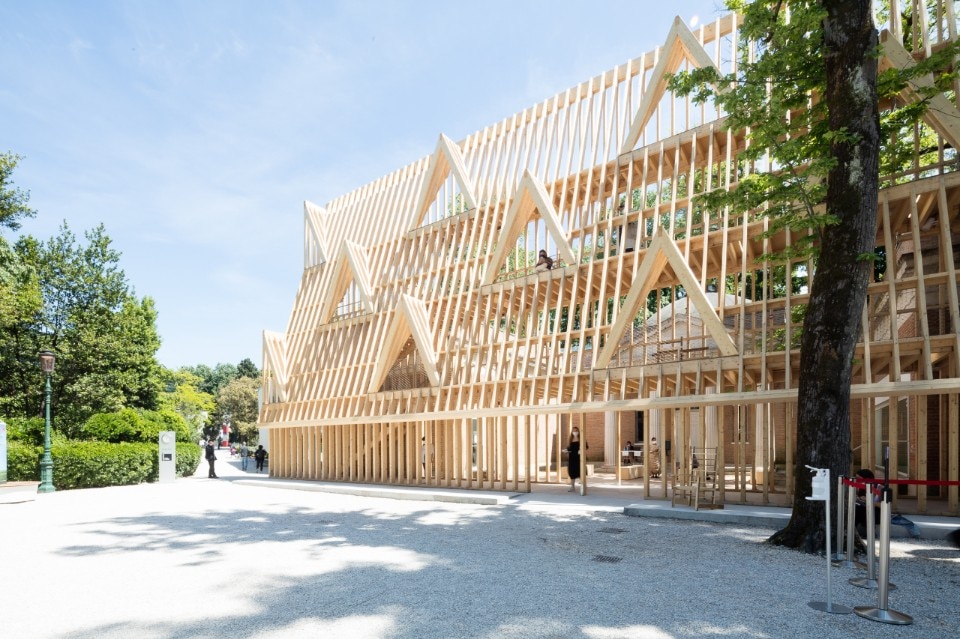
It will recall – without regrets, but with a profound awareness that there's a goal to be achieved – that when the Beaubourg needed to create the fruition model of its library it drew inspiration from the Historical Archive of Contemporary Art (ASAC), which at the time was a jewel of innovation for the first multimedia archives. And it will highlight its history, suggesting to the V&A curators that there was no need to bring TV sets here, when there had already been the far more radical experience of the mosque installed by Christoph Buchel in the Chiesa della Misericordia.
Thanks to the money coming from the recovery fund, the spaces in the Arsenale and in the Giardini will be renovated and used – as already announced – to finally bring the archives back to the lagoon, fighting the process of exploitation of temporary Venetian spaces through dubious companies, who are in fact functional to trigger the real estate and tourist market.
It will have workers that live in the city, and it will give life to a different way of understanding the way of organizing exhibitions, thinking about transforming EVERYTHING into a new art system! It will create an alliance capable of highlighting the greatness of the art of time, that of maintenance and care, offering all this and its places to welcome tangential, removed, emerging personalities, peoples and characters that must be defended and understood.
It is fundamental that you come and visit this exhibition because it is the last one before the Biennale stops going to Cambridge or Massachusetts looking for answers.
Representation of the research
The Biennale will also be able to choose from a variety of exhibition models other than the current pre-packaged candy collections or architectural models. Speaking of which, let's recall the Fundamentals model (2014), a double general research articulated in clear and defined topics directly controlled by the two curators, and assigned and developed in collaboration with a group of “researchers”, who then exhibited the topics within a strongly characterised setting that was perhaps intended to reflect the different sections of the Biennale (art, dance, cinema, and so on.). Let's also remember People meet in Architecture (2010), a succession of installations/spaces/architectures whose content is not necessarily relevant, but which have the effect of a sensory and atmospheric experience that restores the essence of architecture as a spatial and phenomenological art. In other words, in the future, there will be exhibitions that will not exhaust the visitors, but that will allow them to understand that architecture, urbanism, planning, and design can be cumulative knowledge and not some kinds of entertainment among a collection of narcissisms created to replace the sense of guilt that comes after a gondola ride...
Opening Image: Architecture Biennale, Venice 2021. Central pavilion. Photo Giulia Di Lenarda, Giorgio De Vecchi


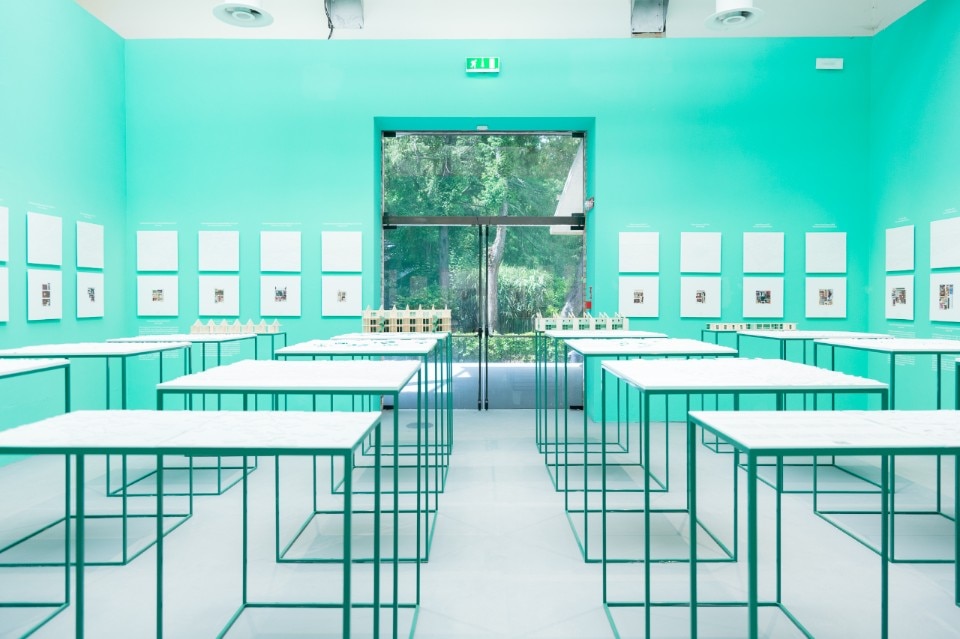
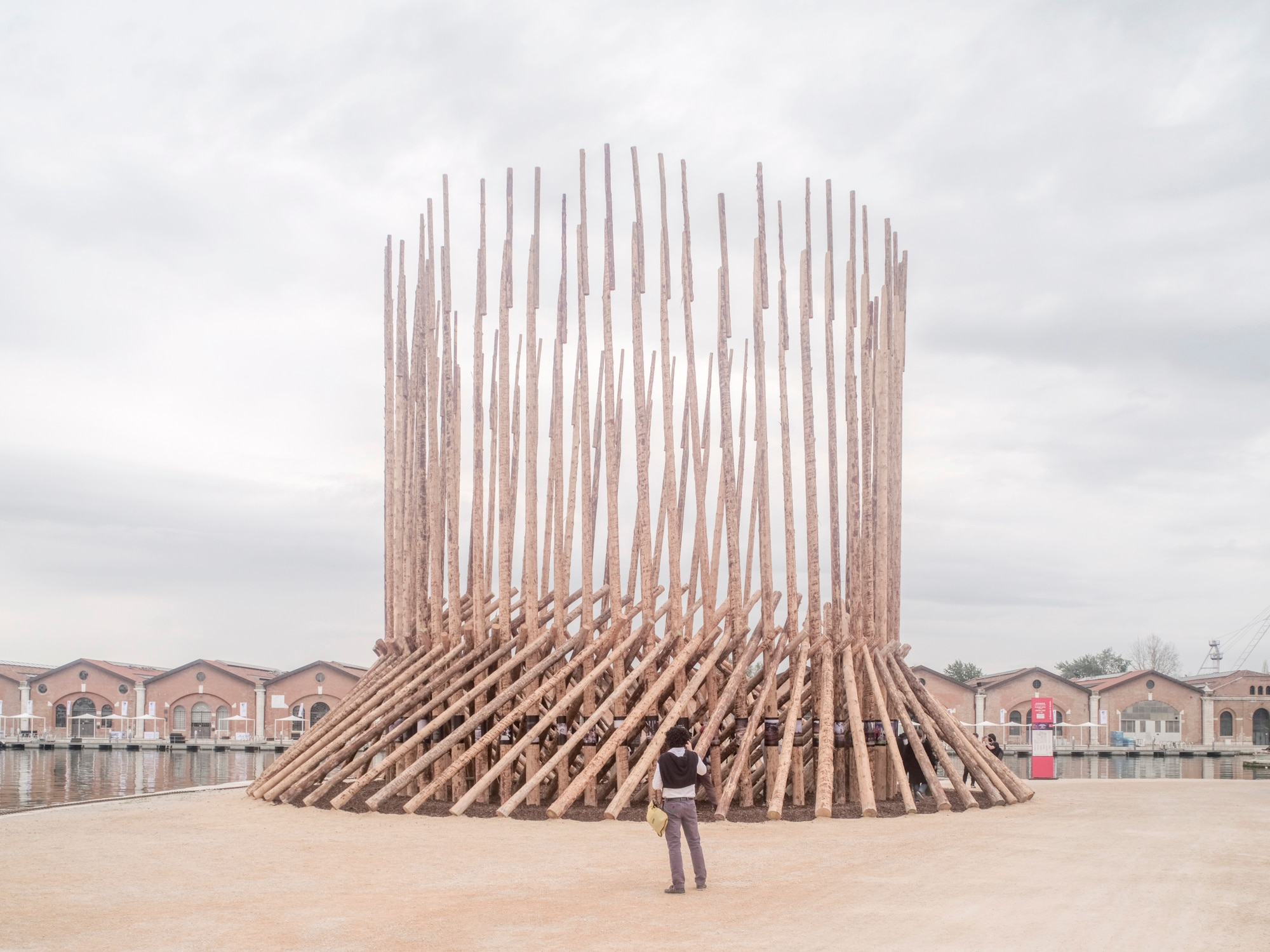

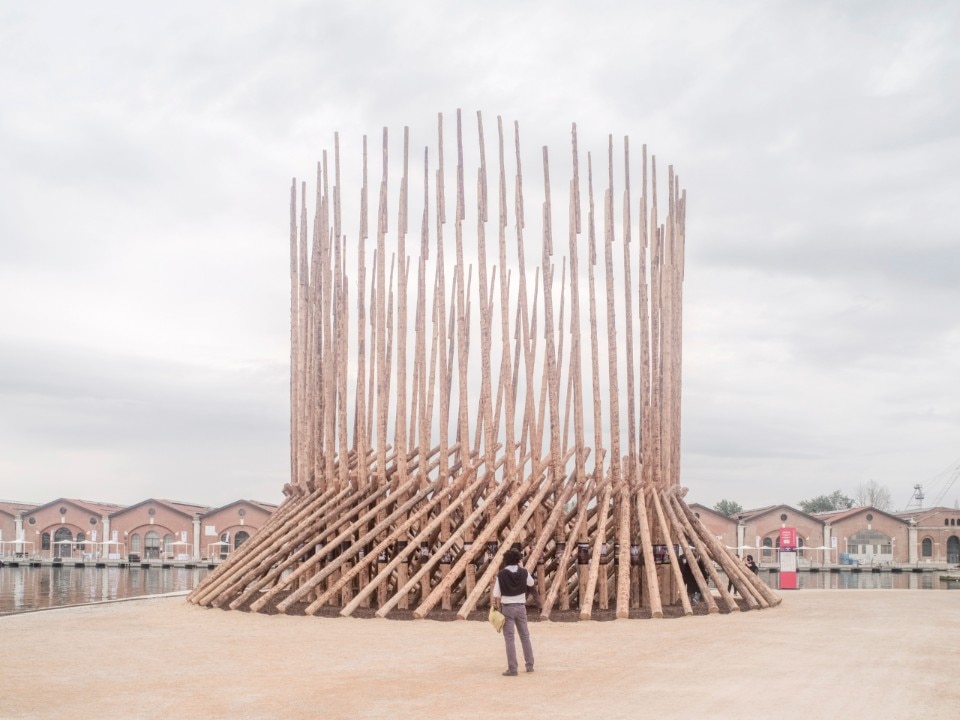
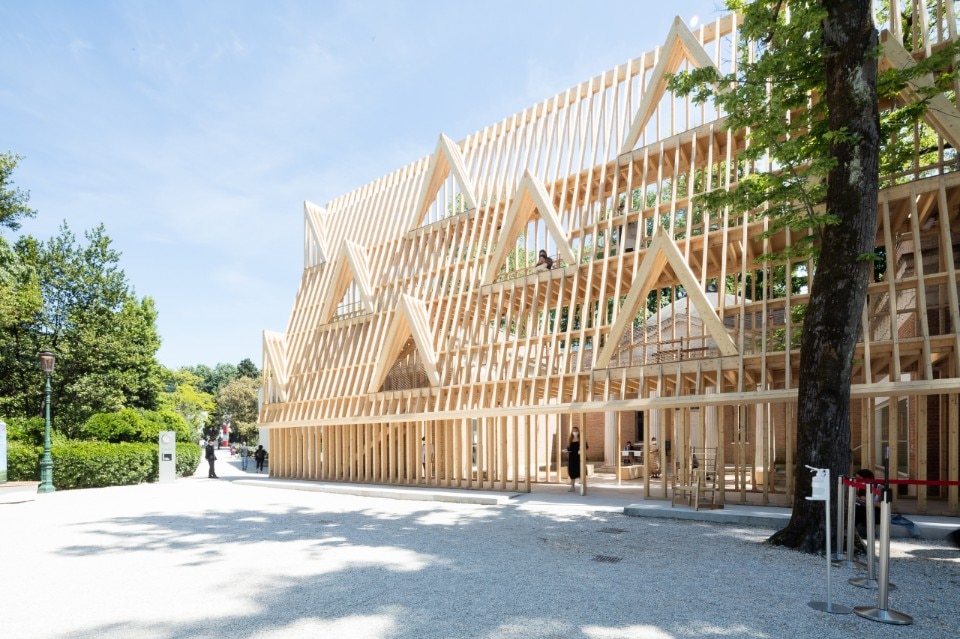
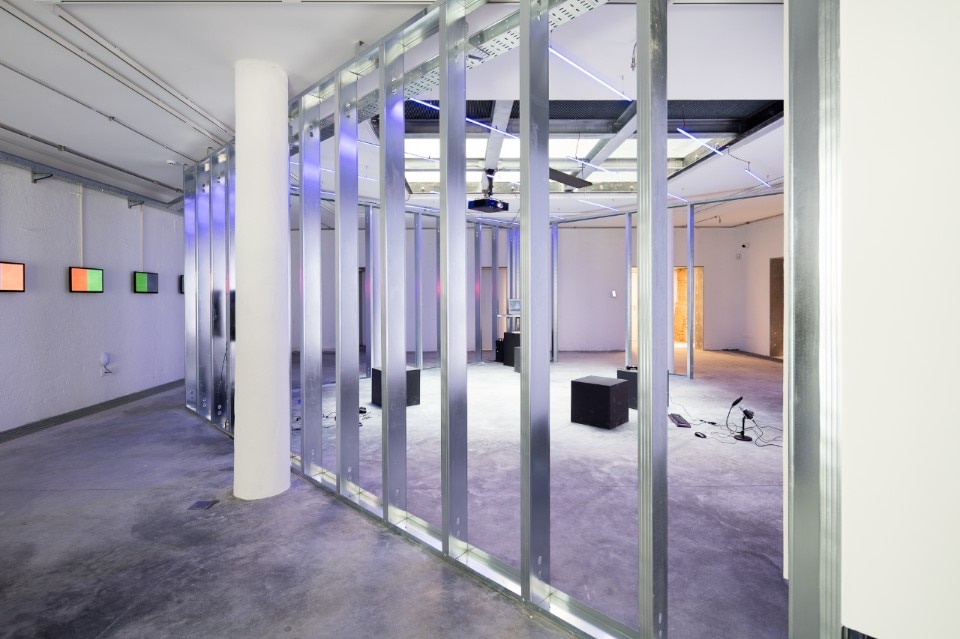
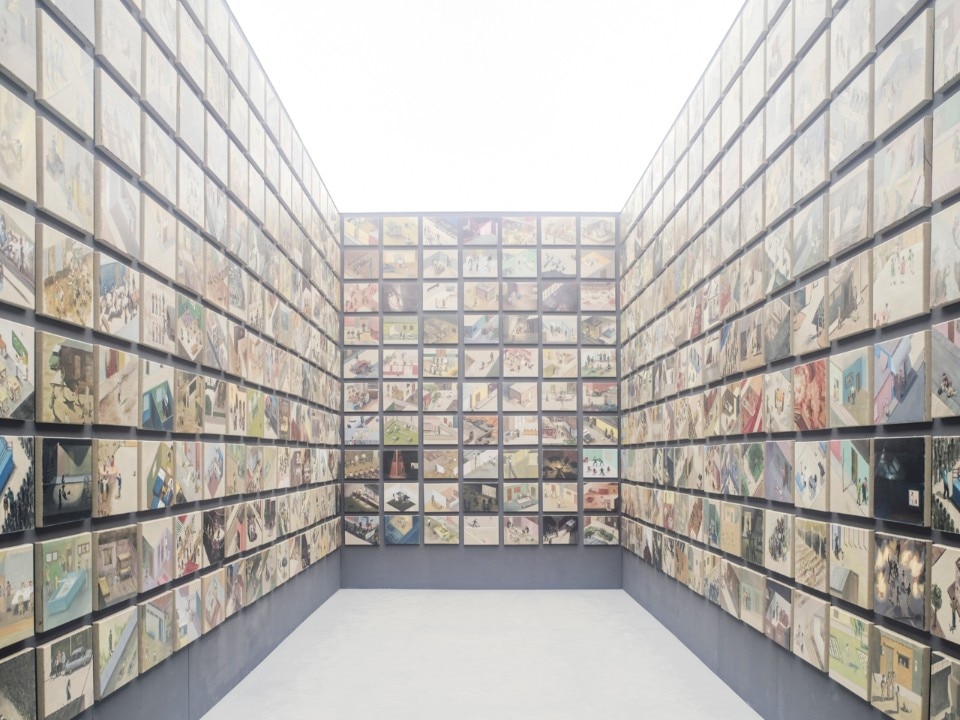
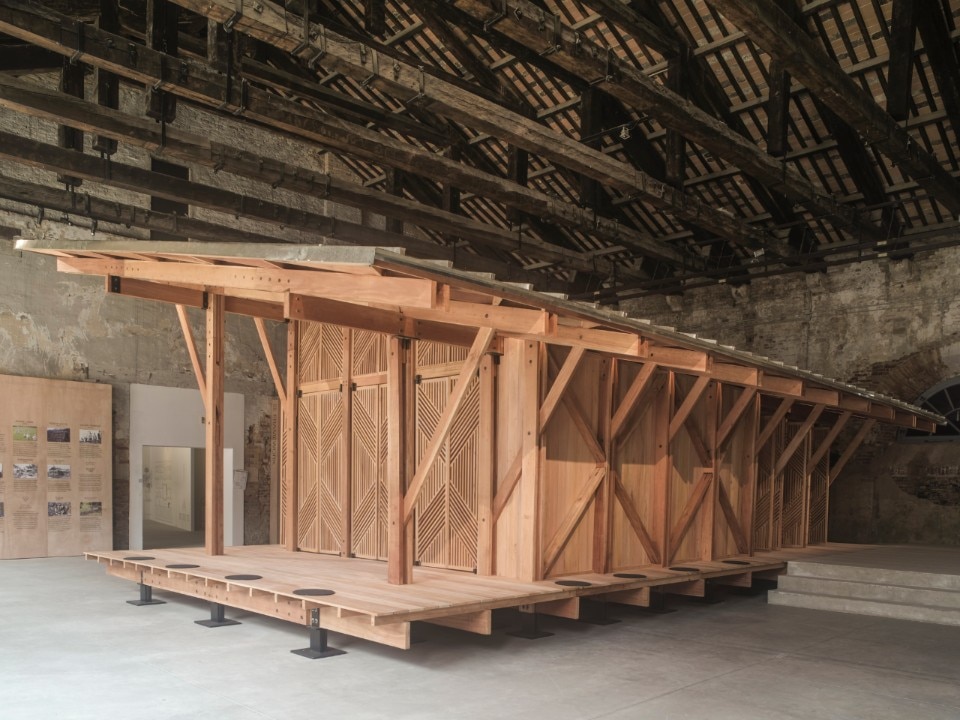
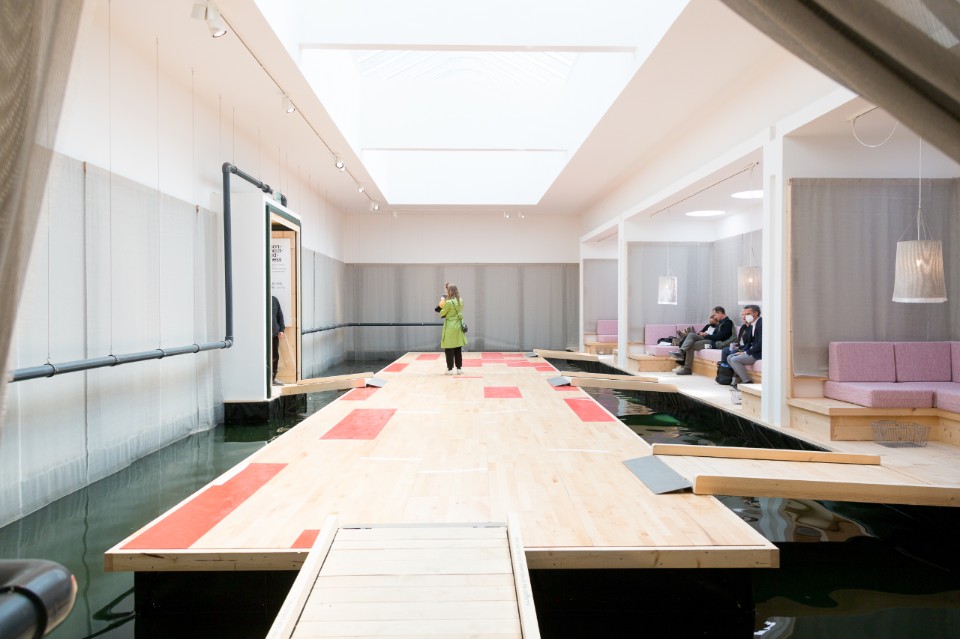
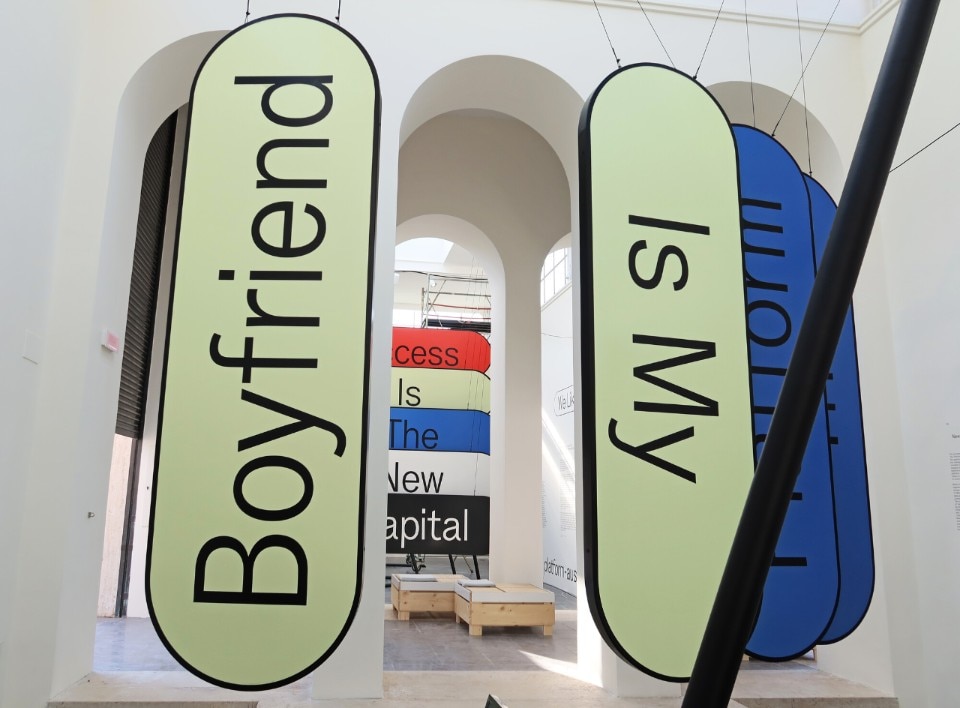
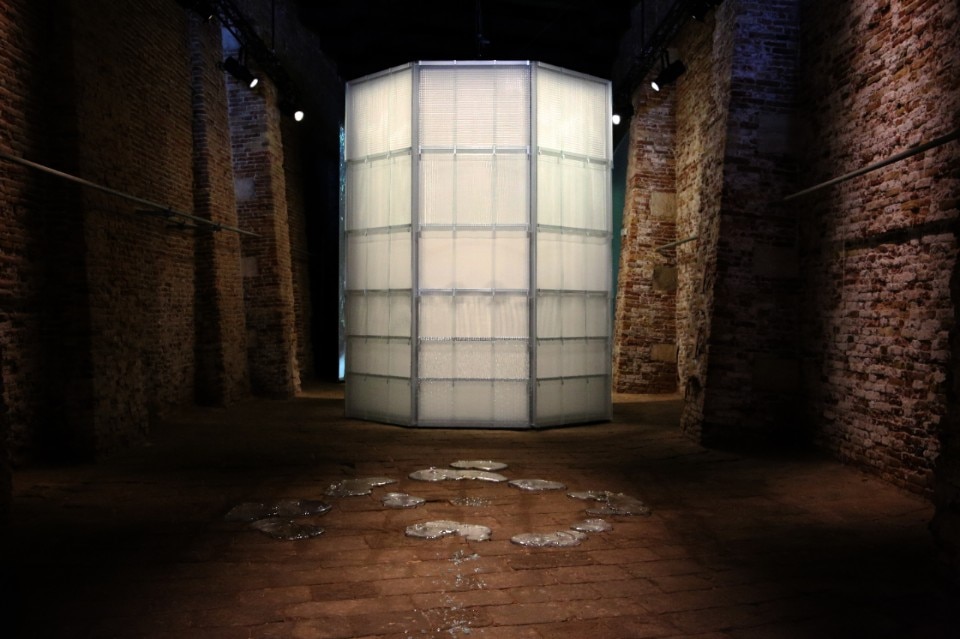
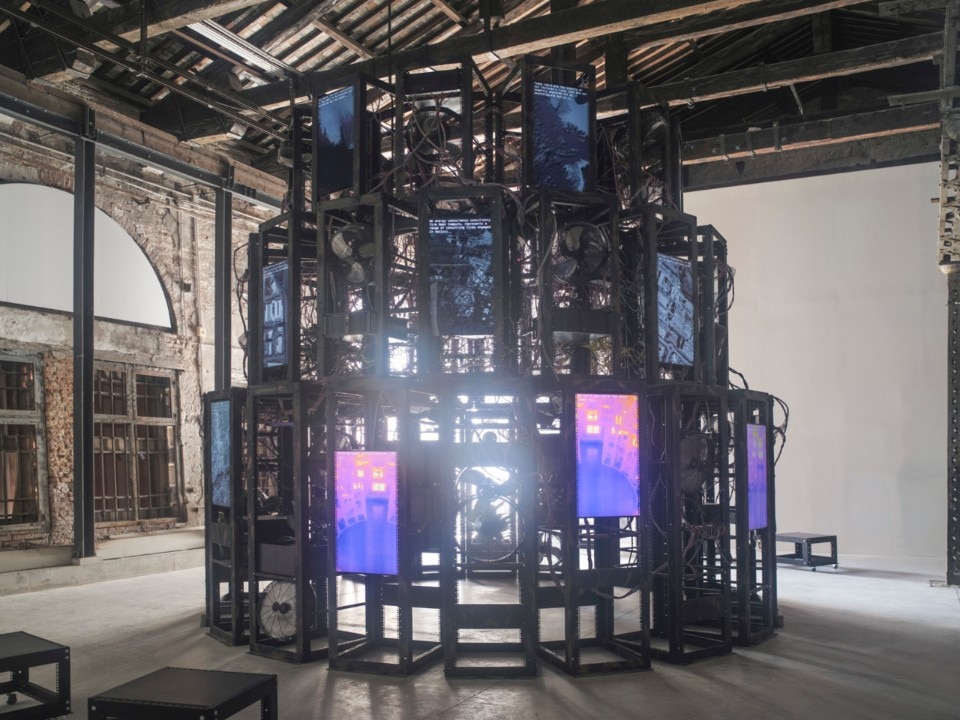
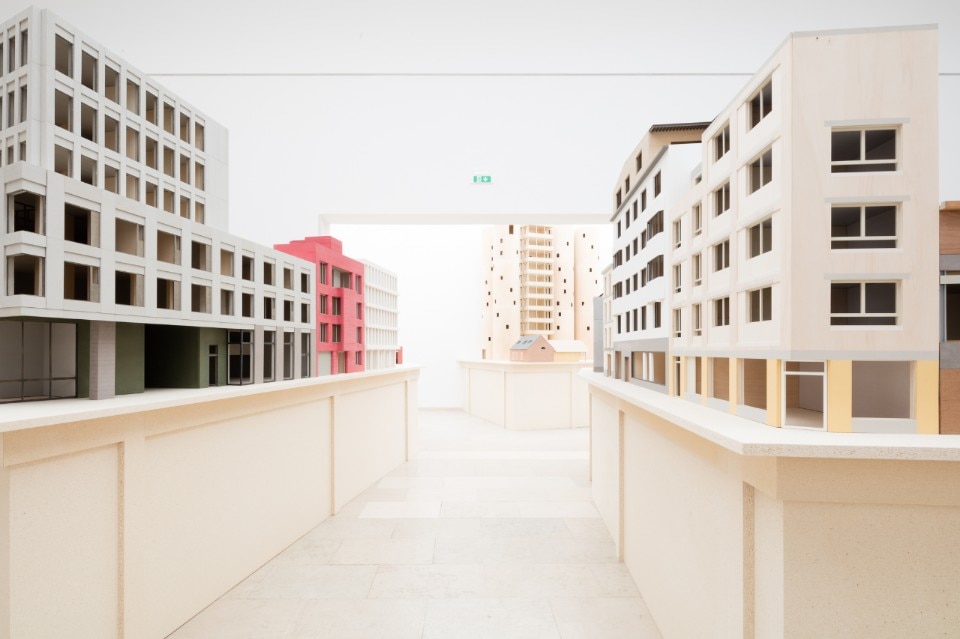
.jpg.foto.rmedium.png)
